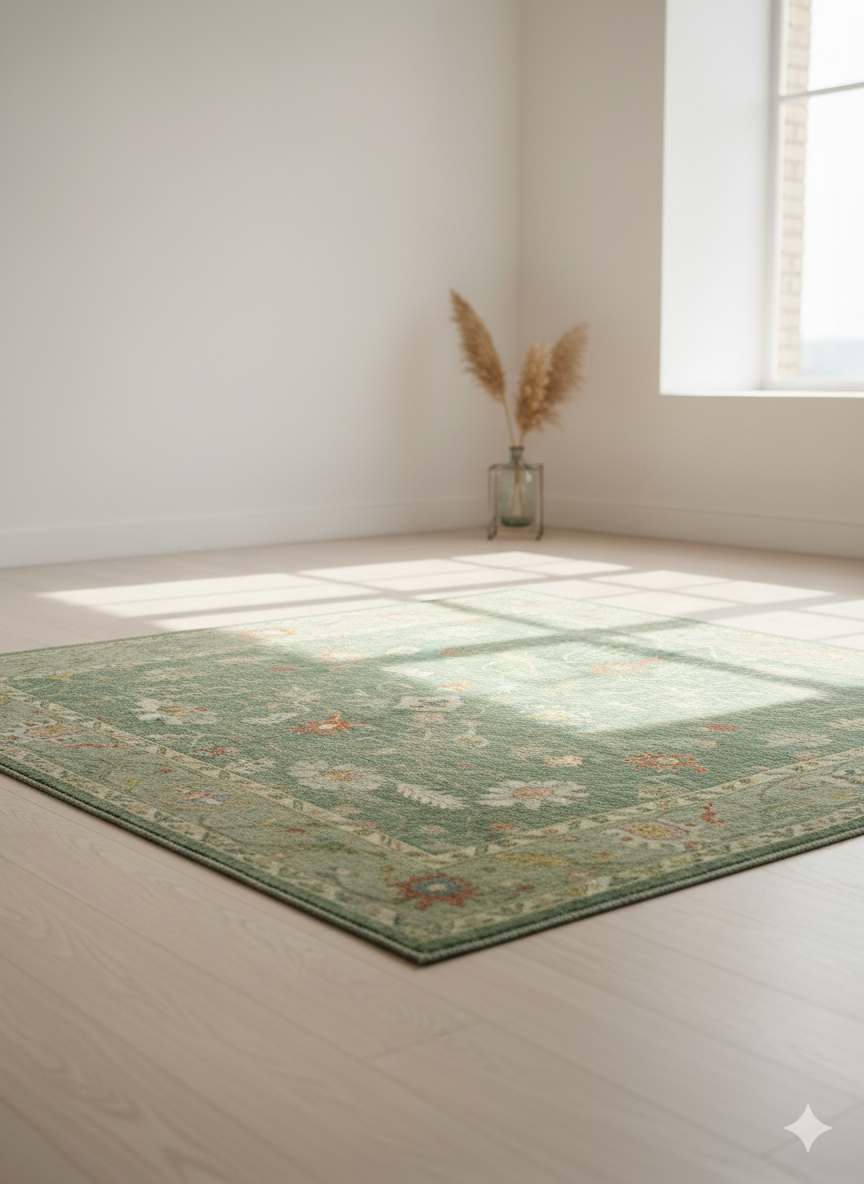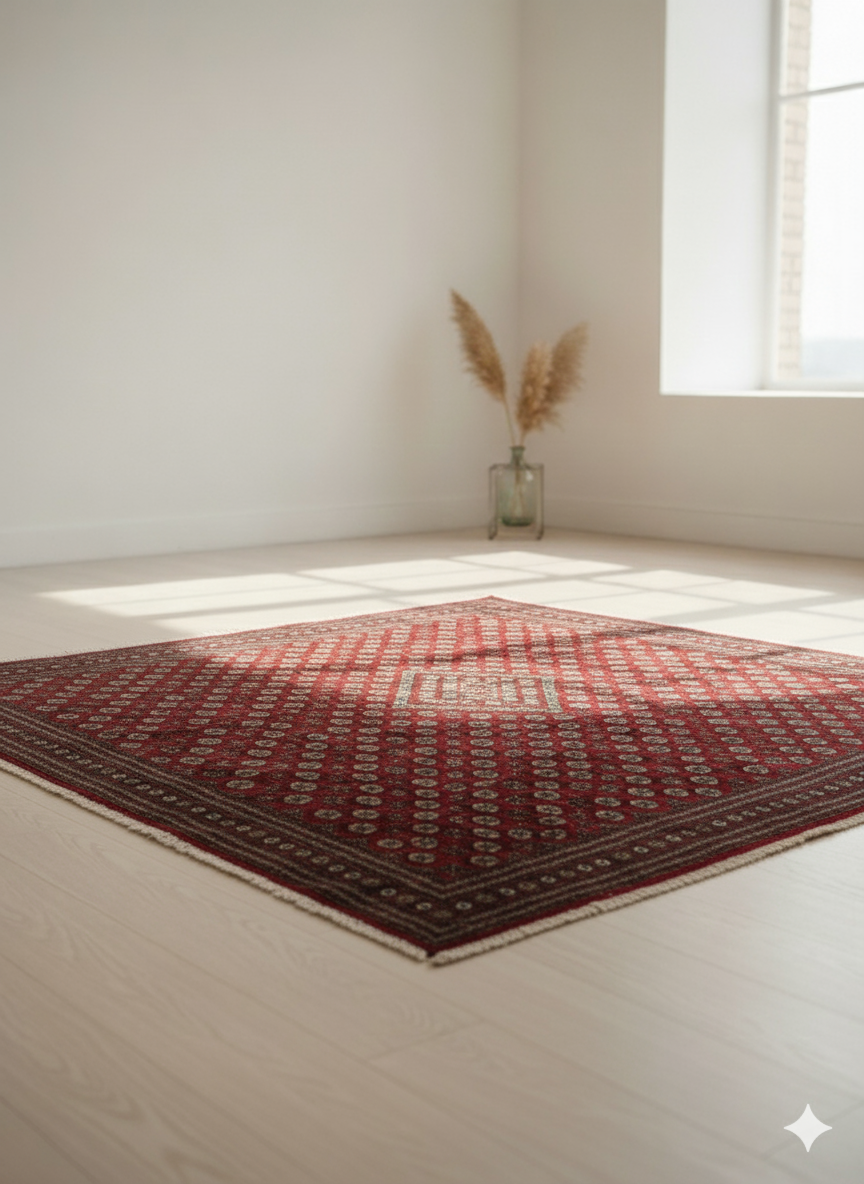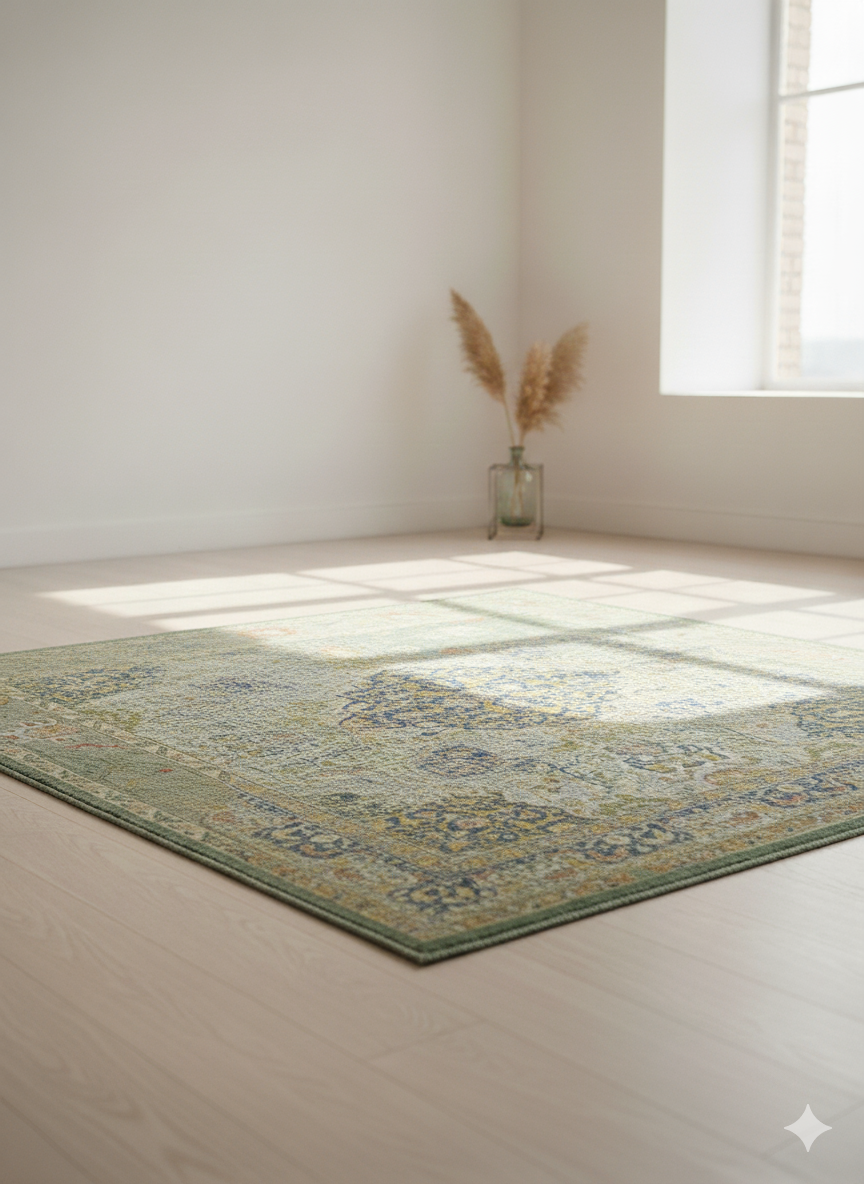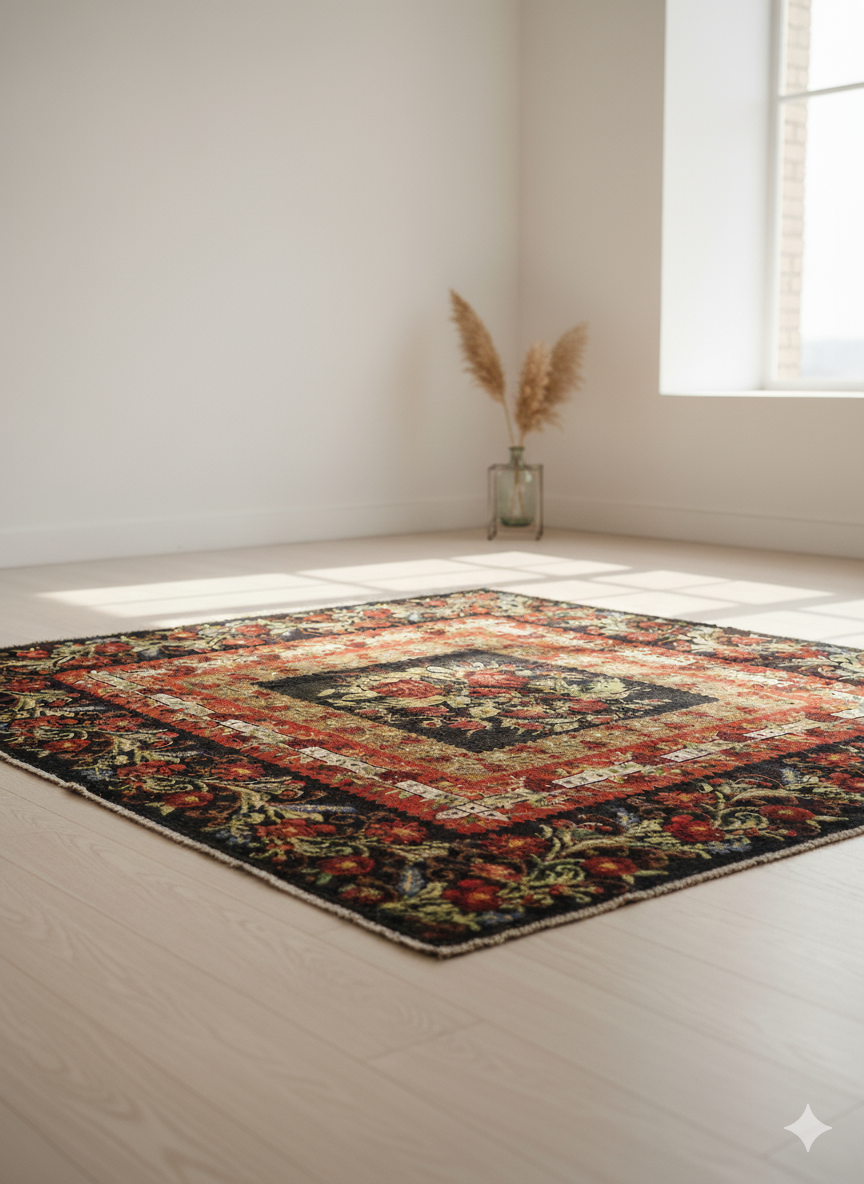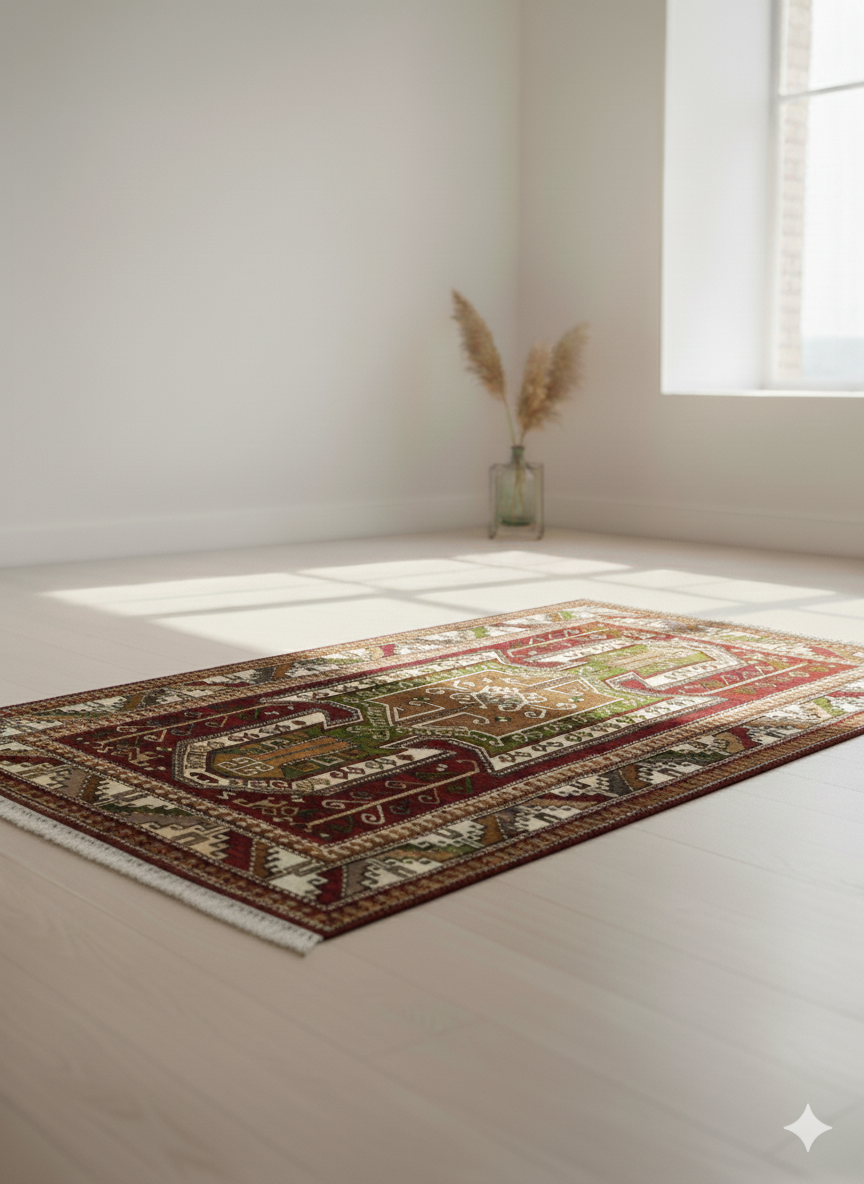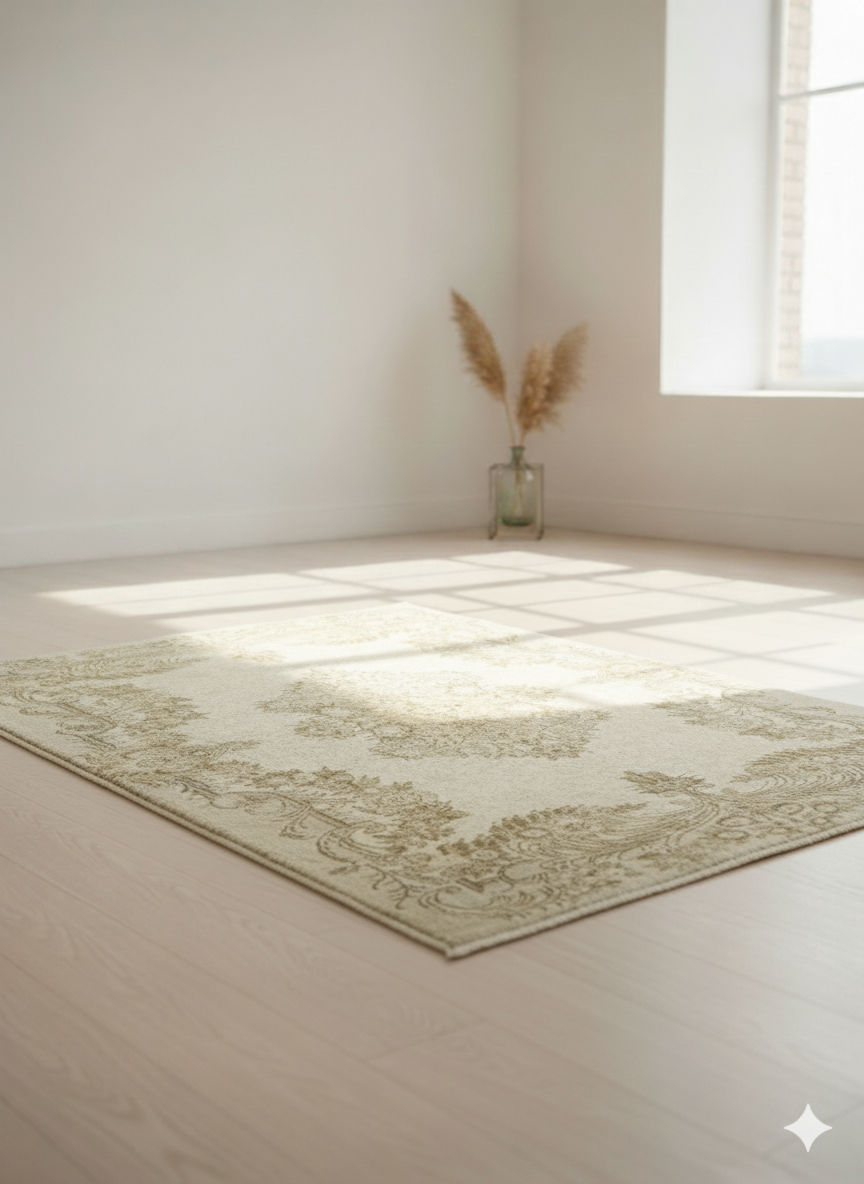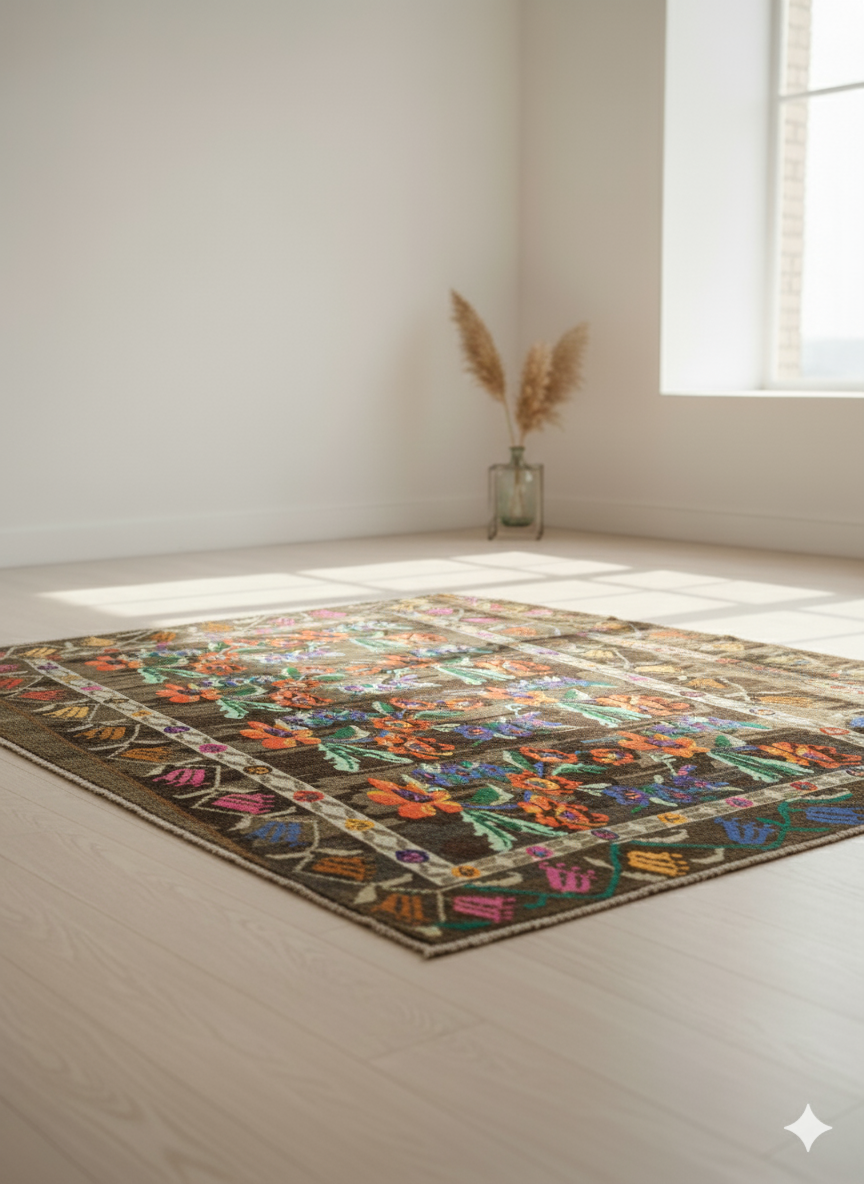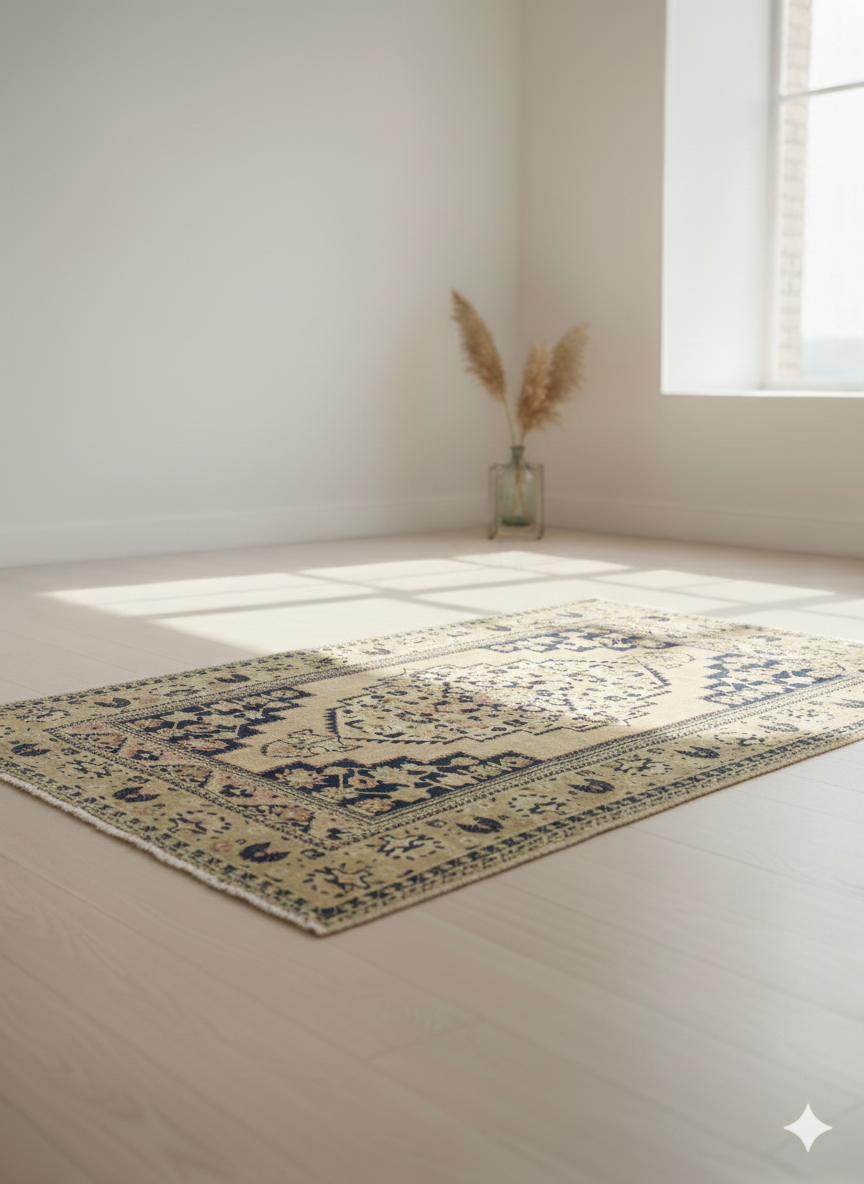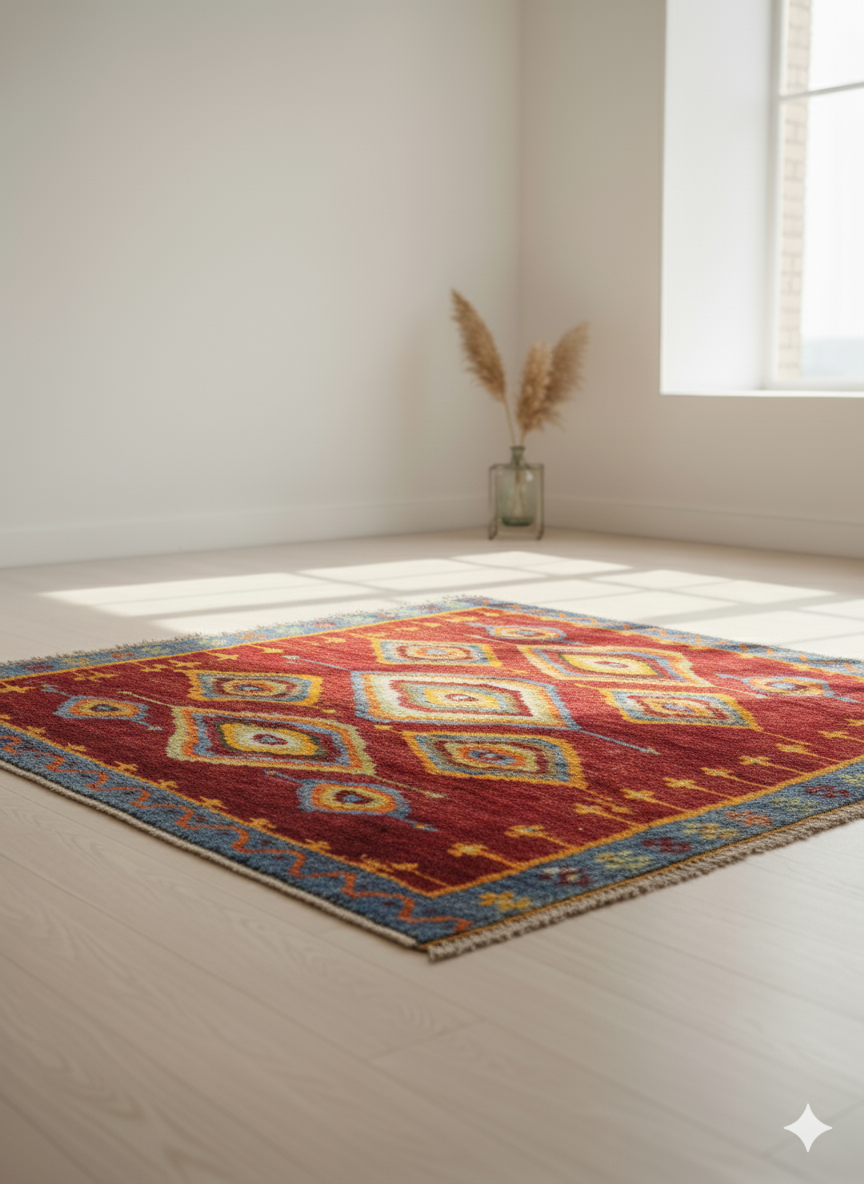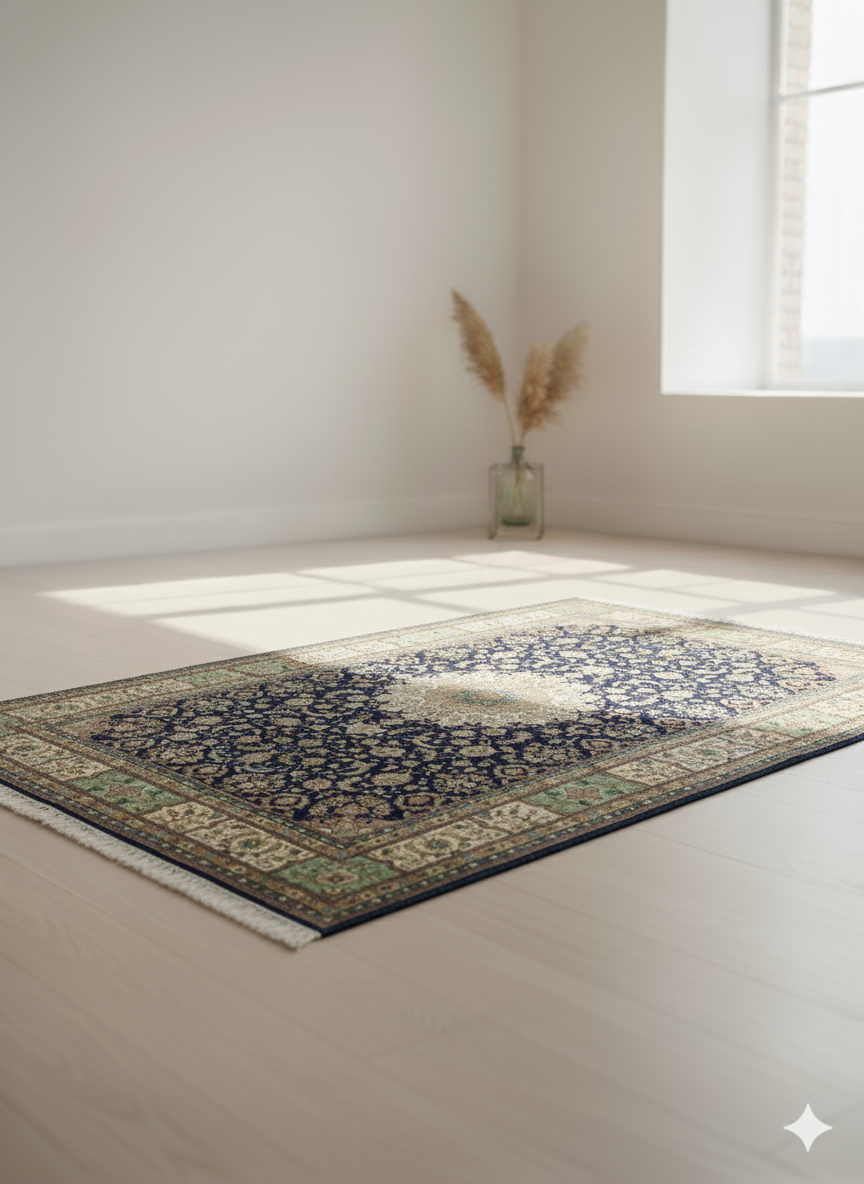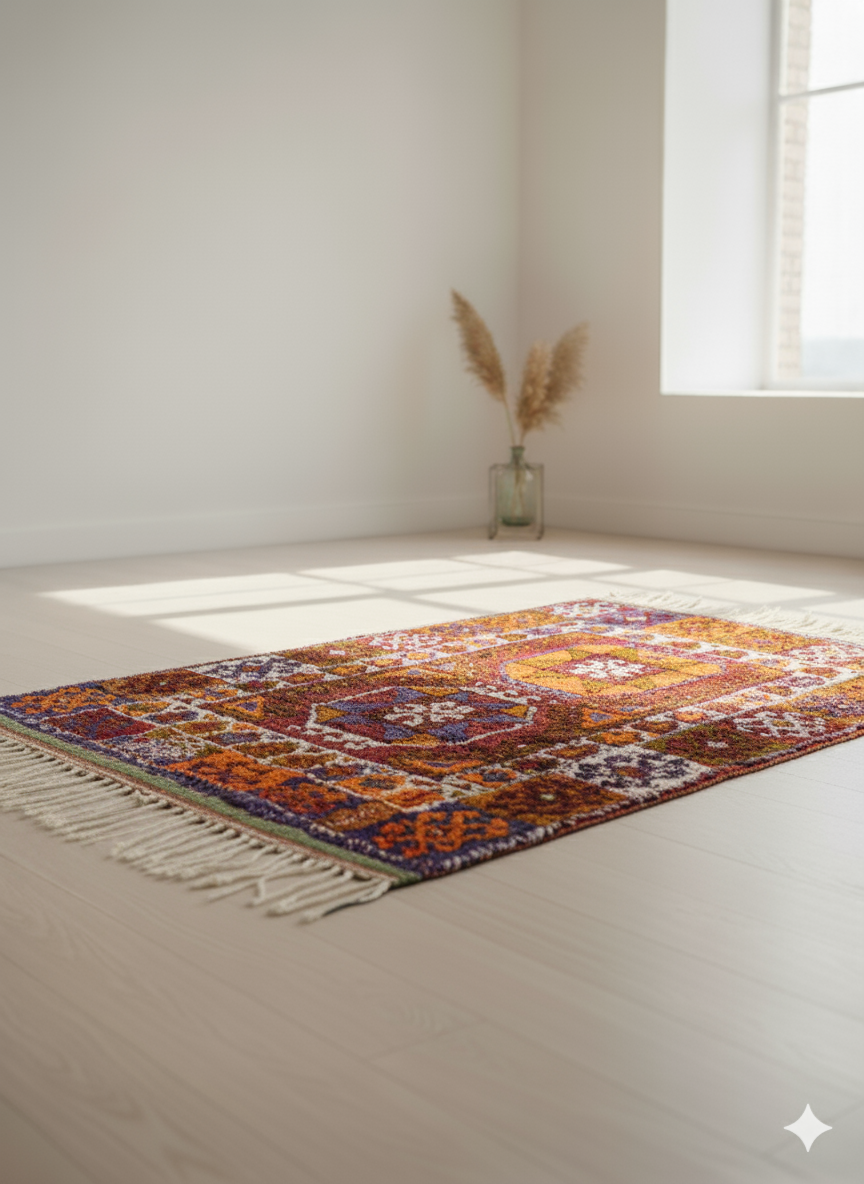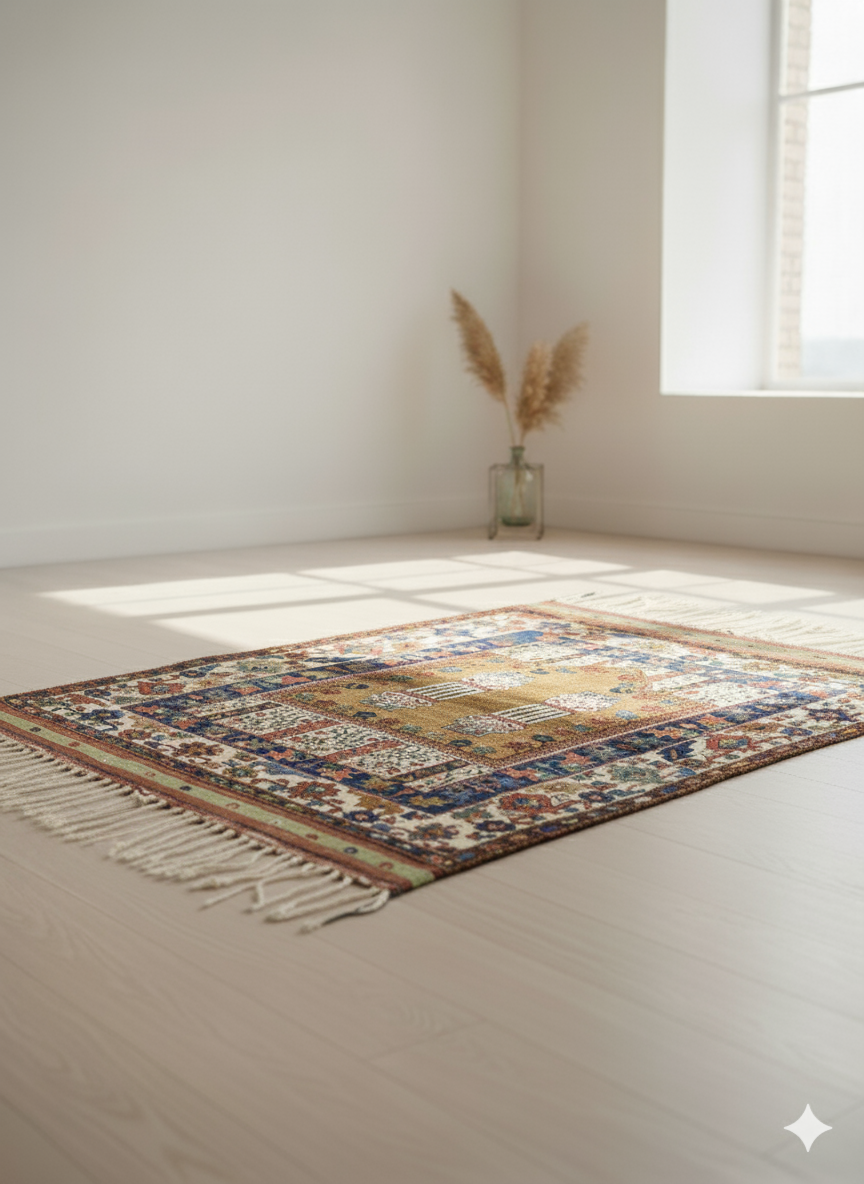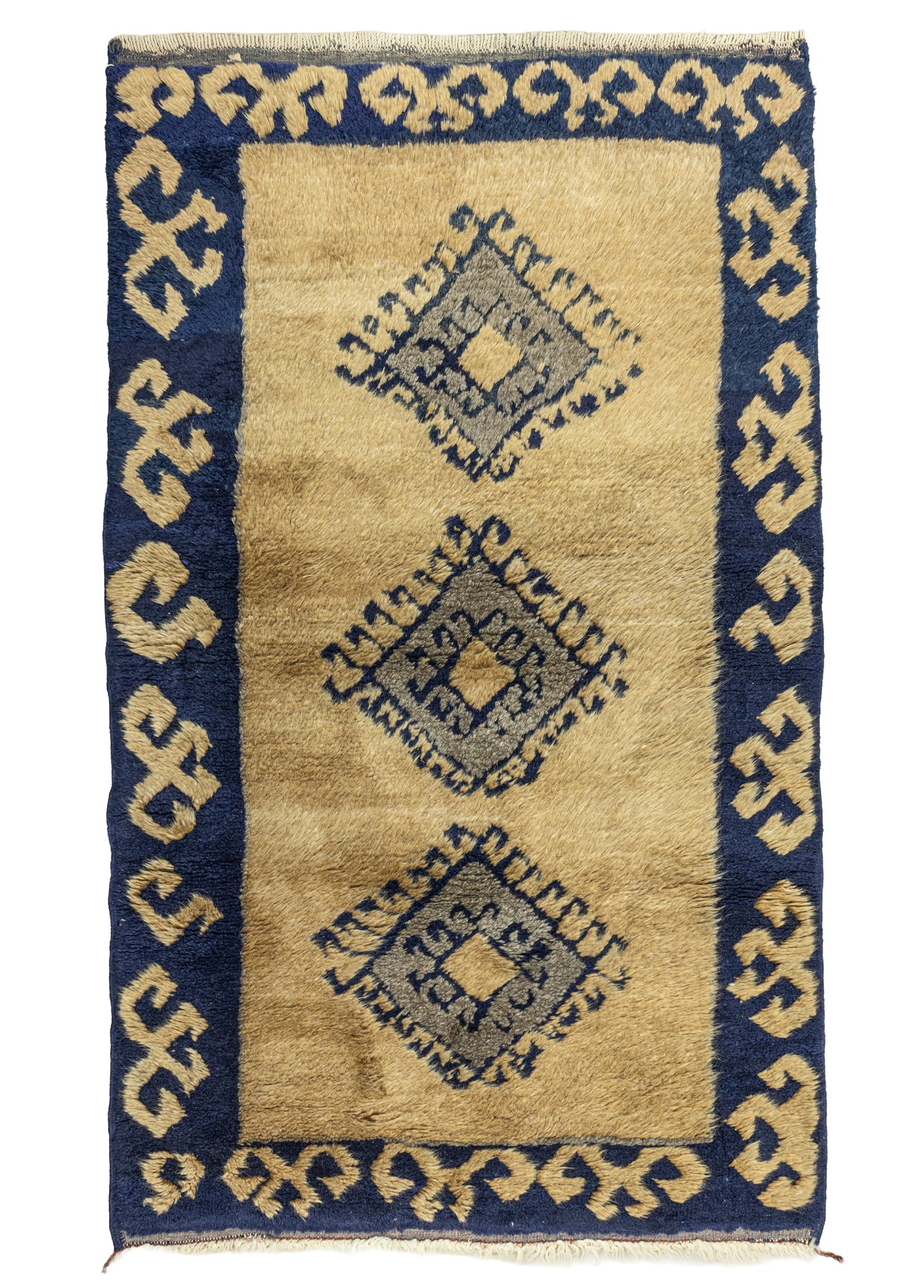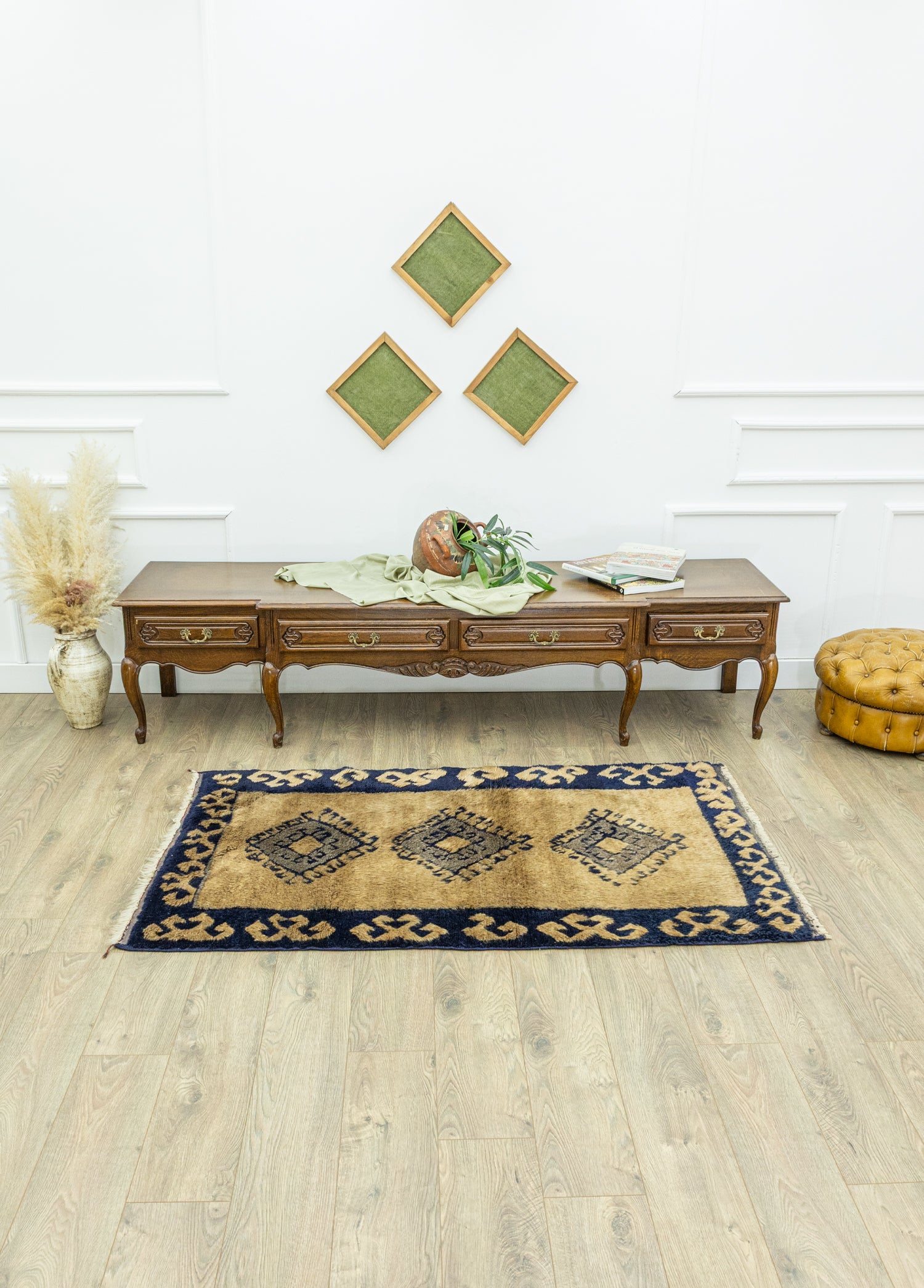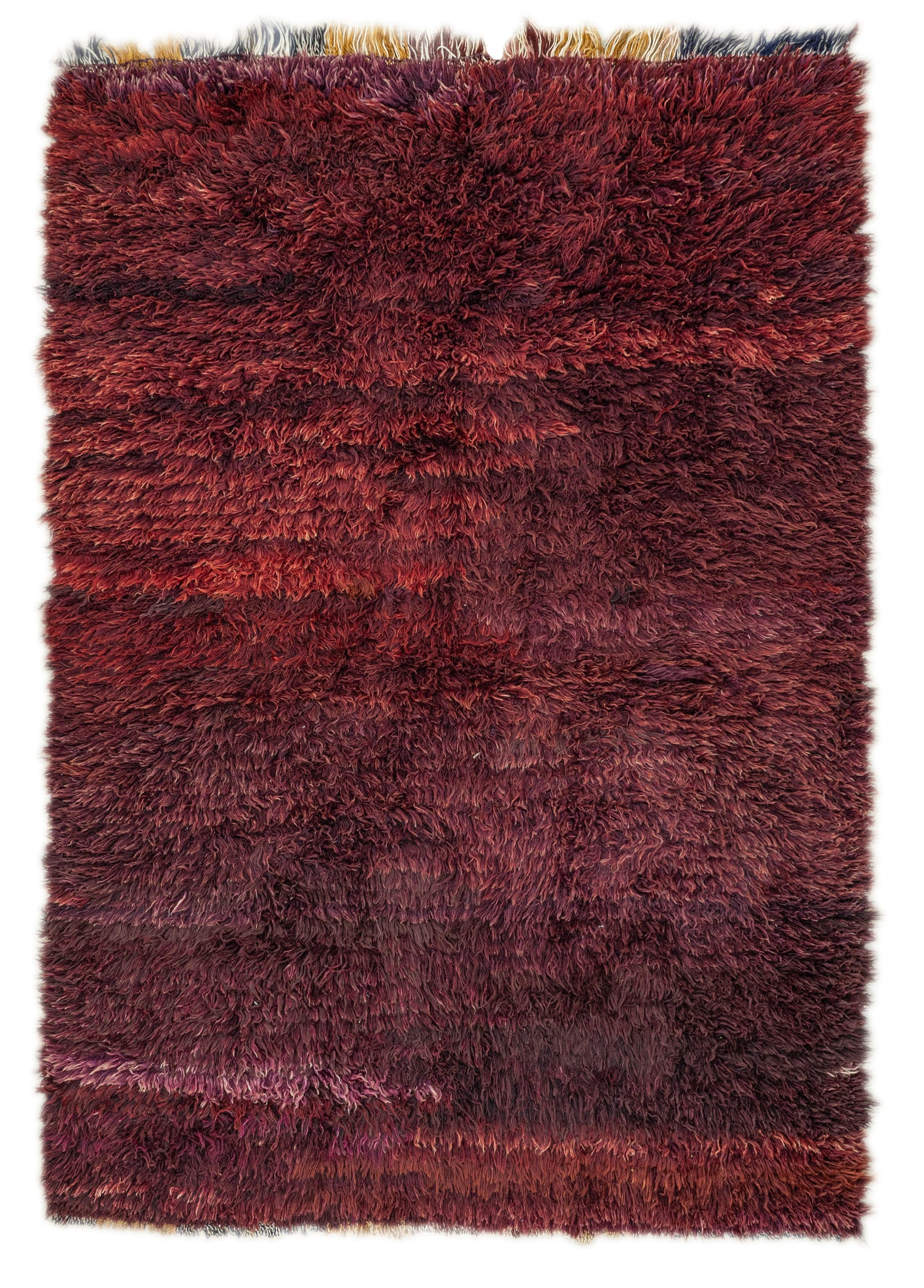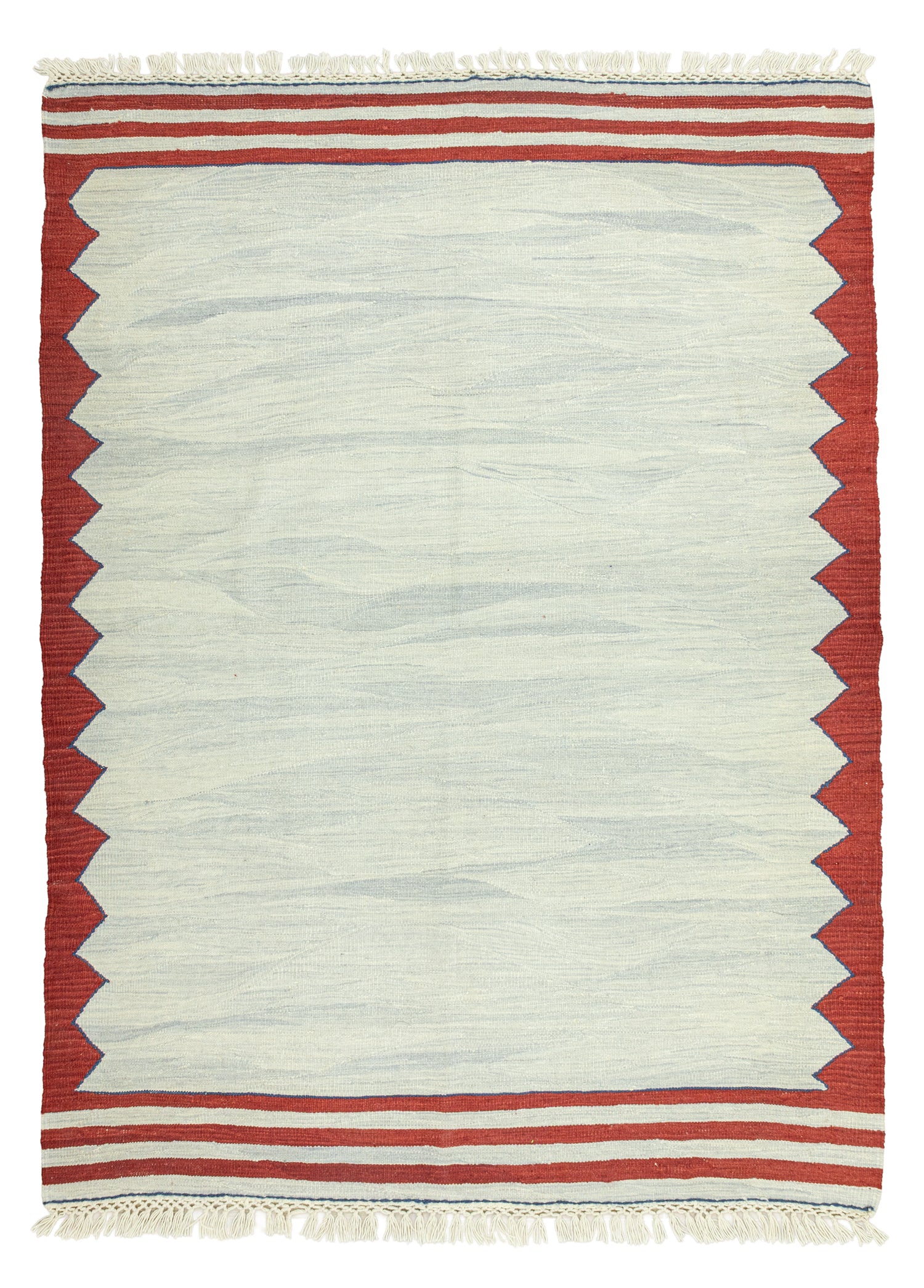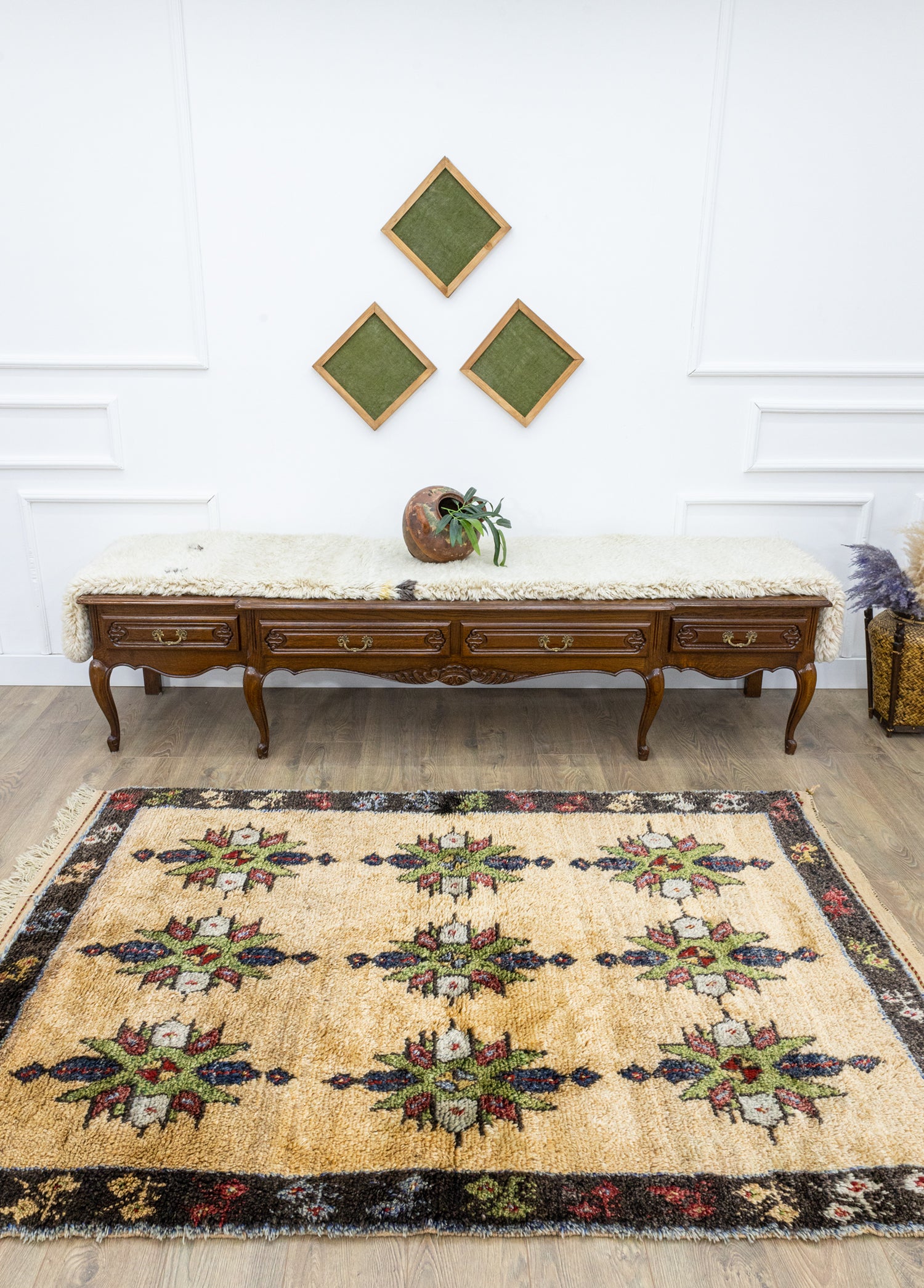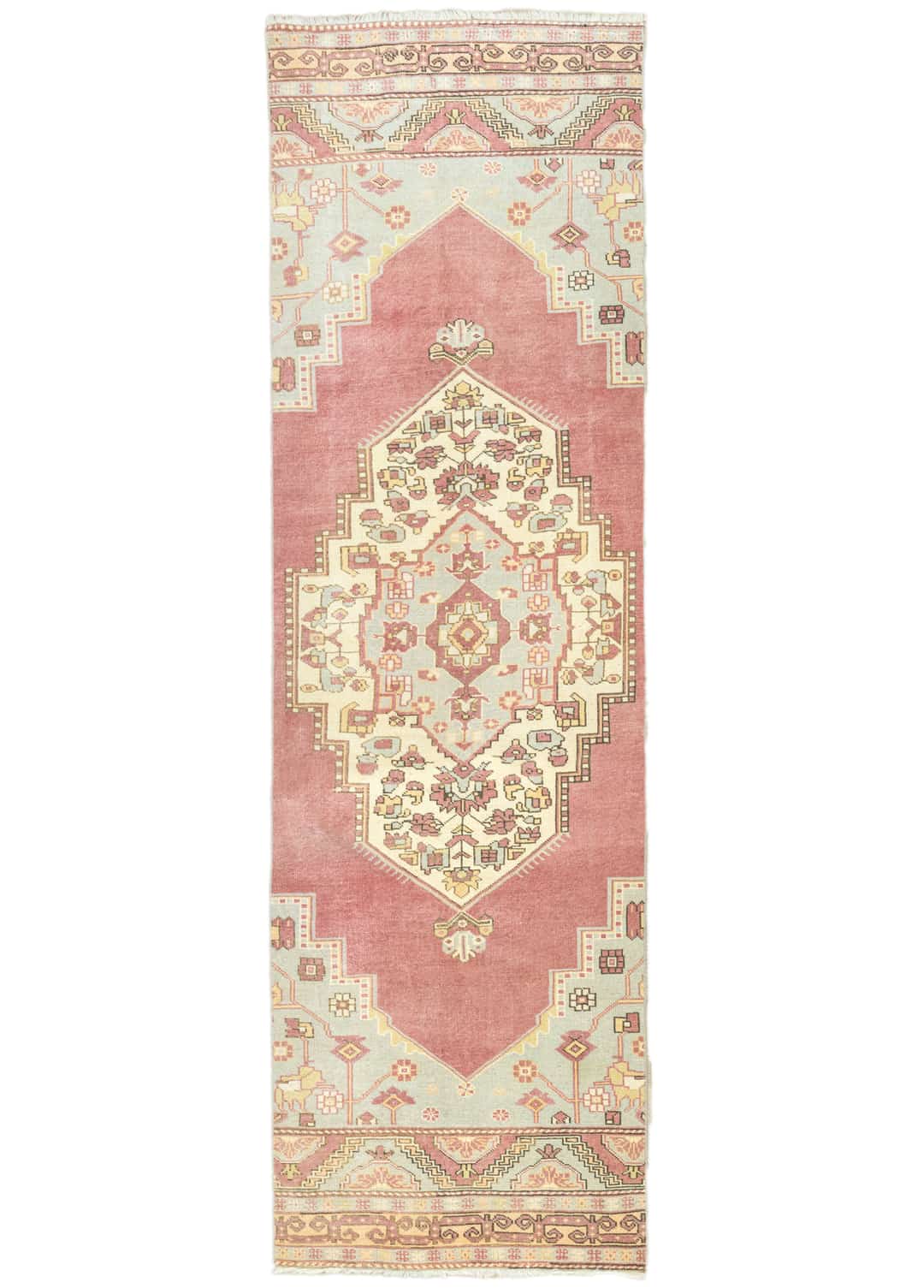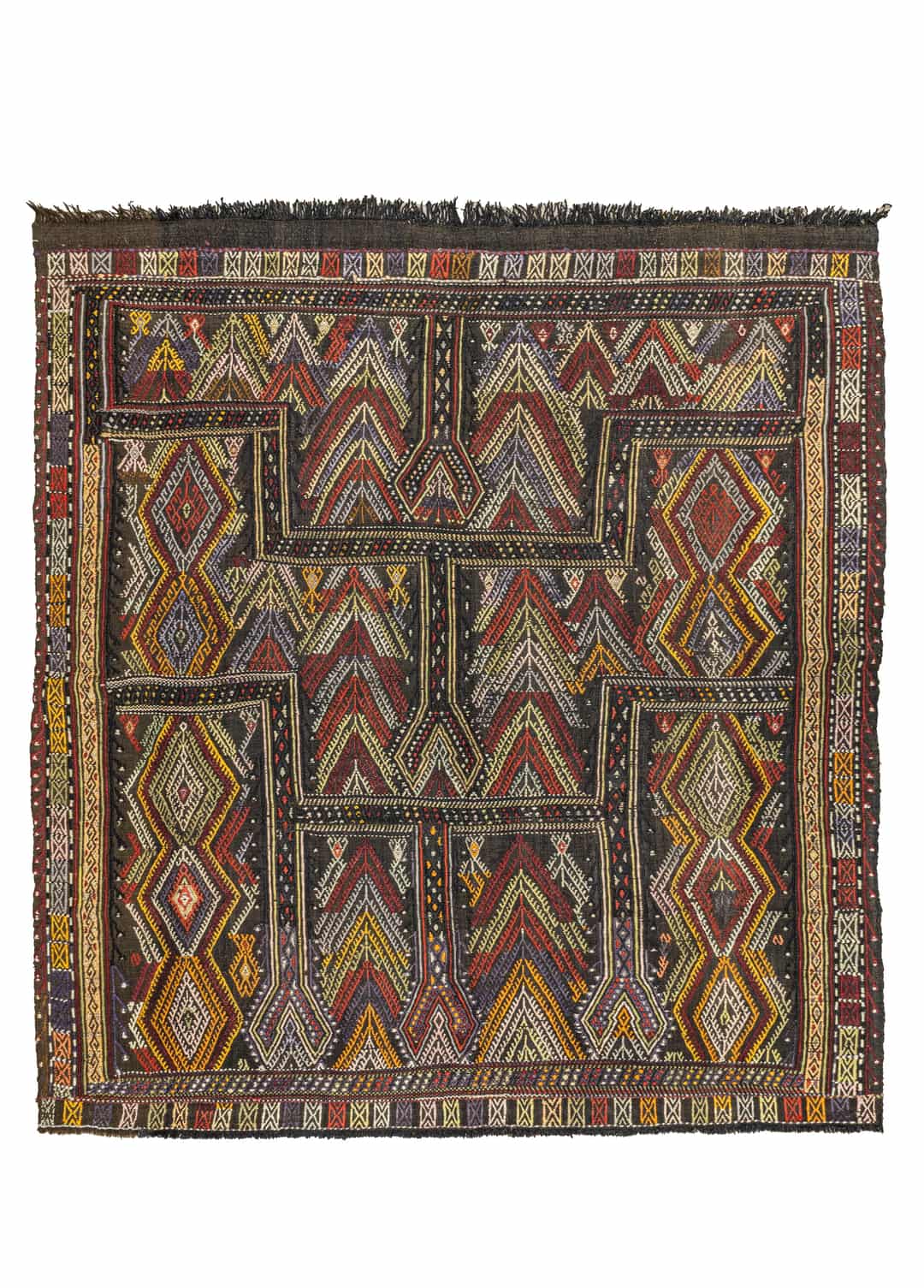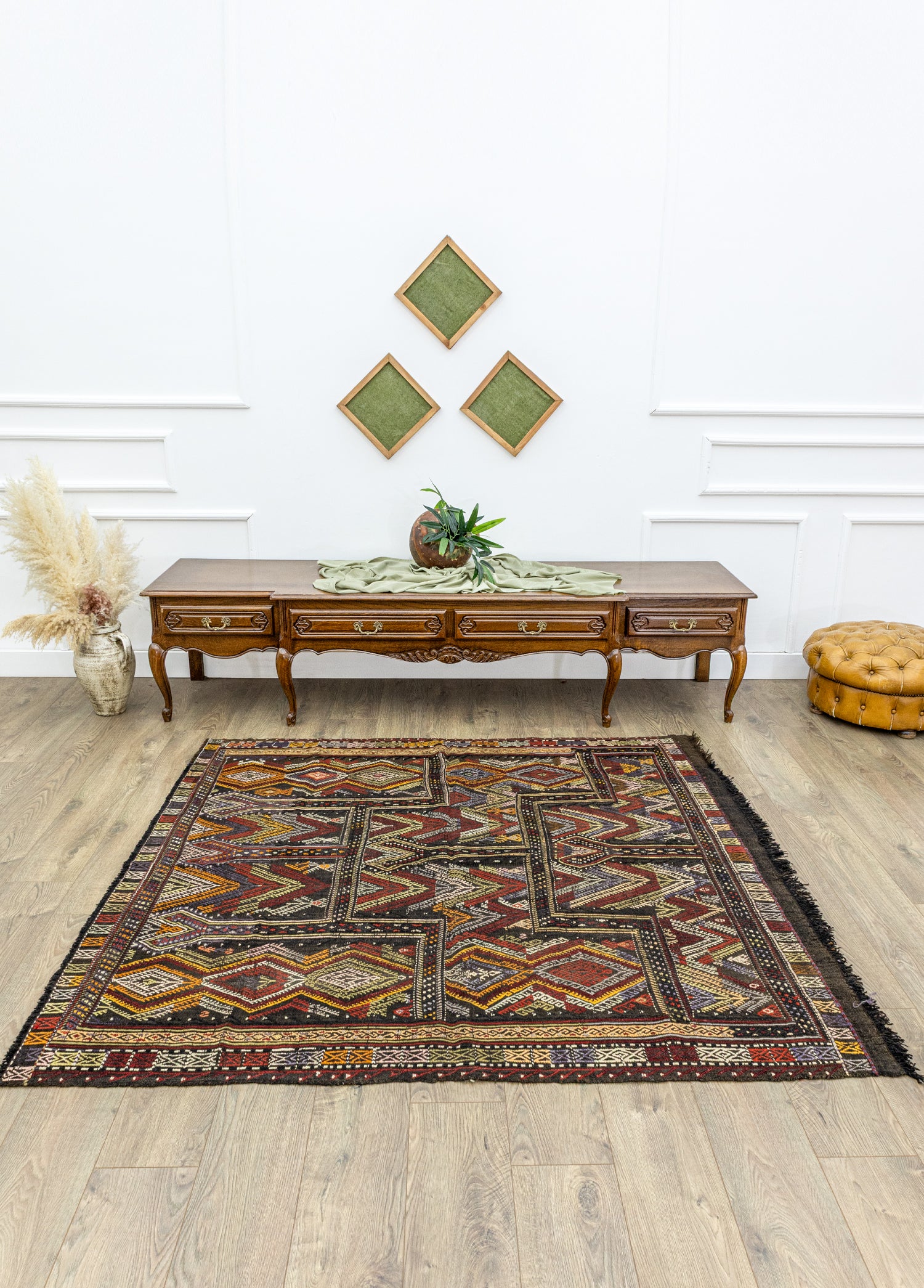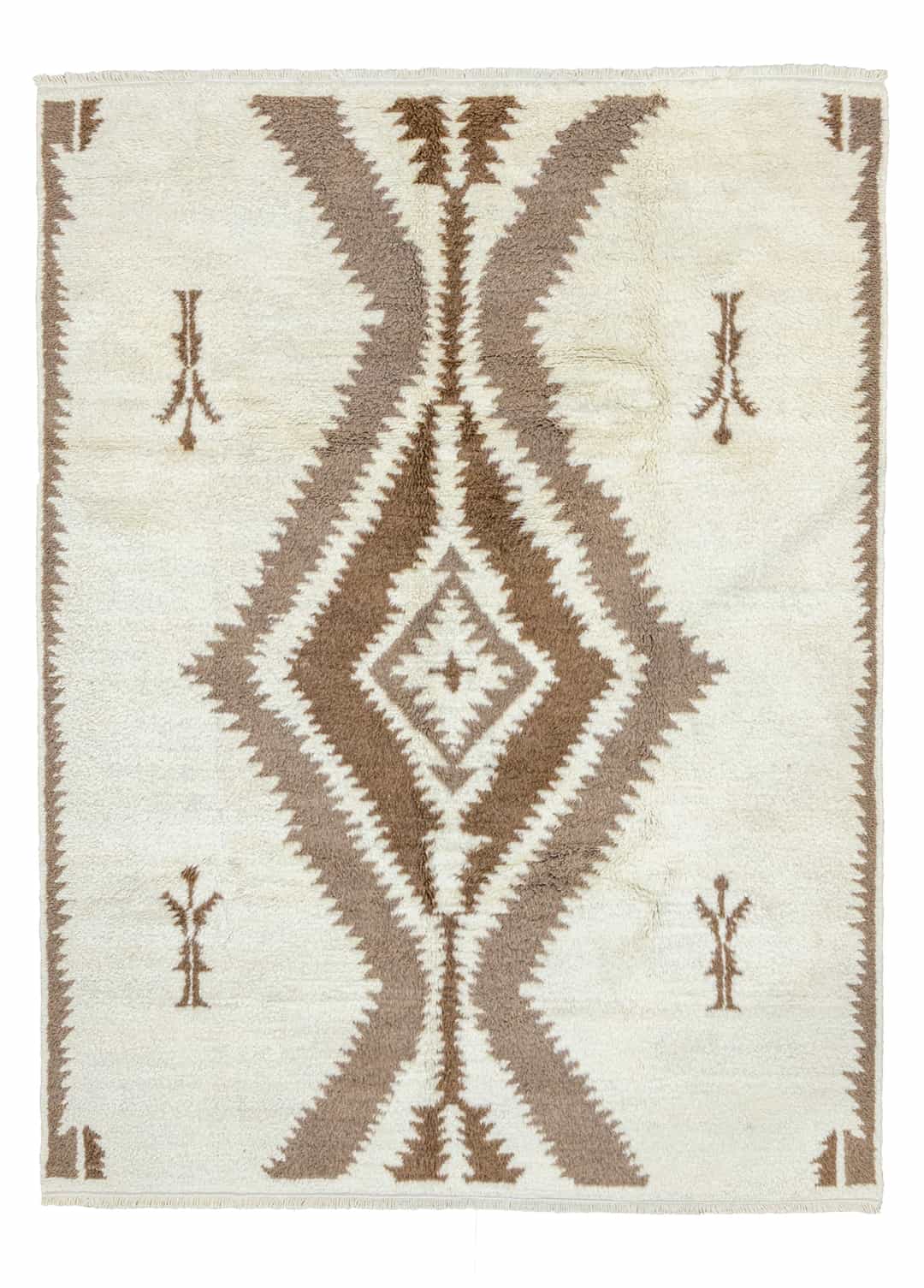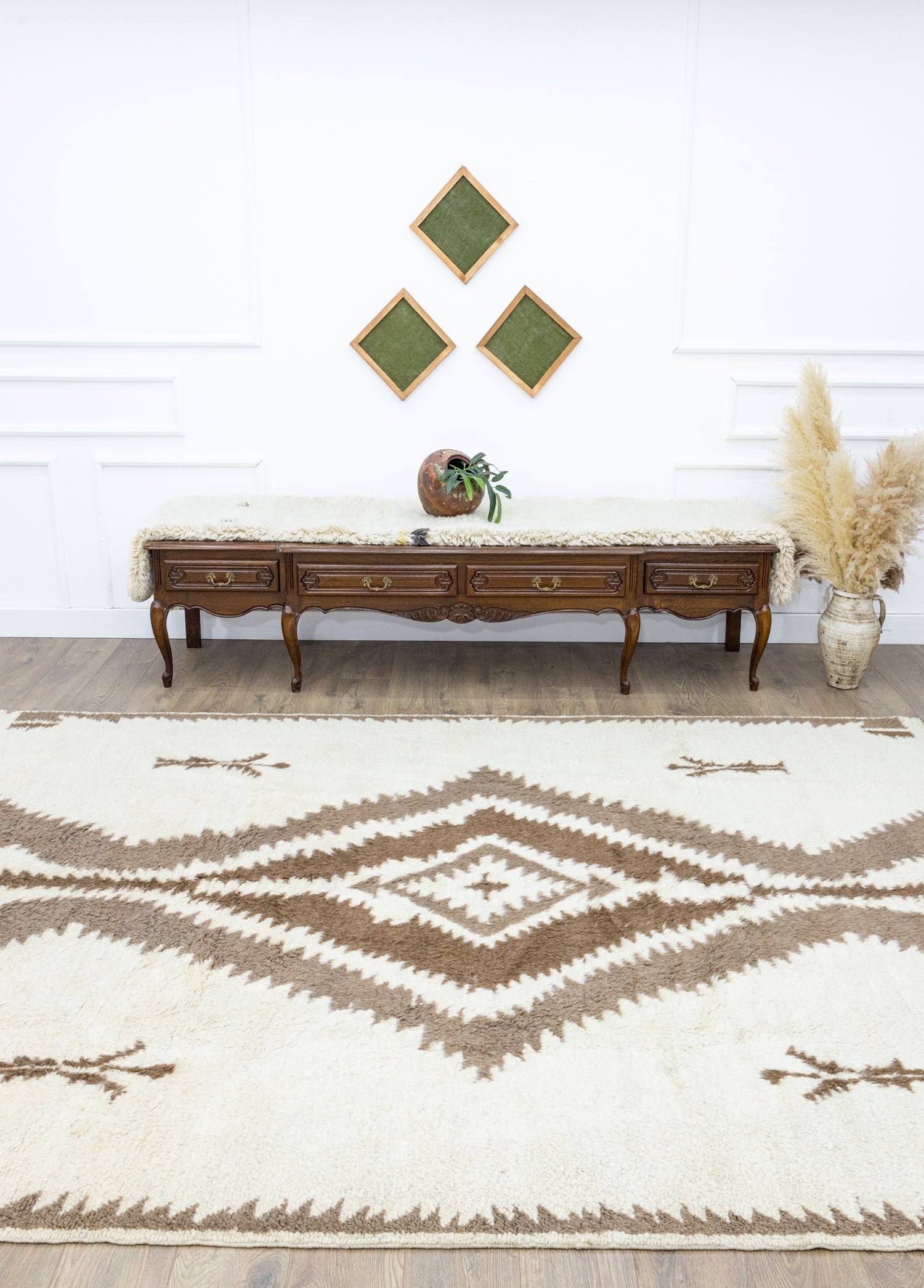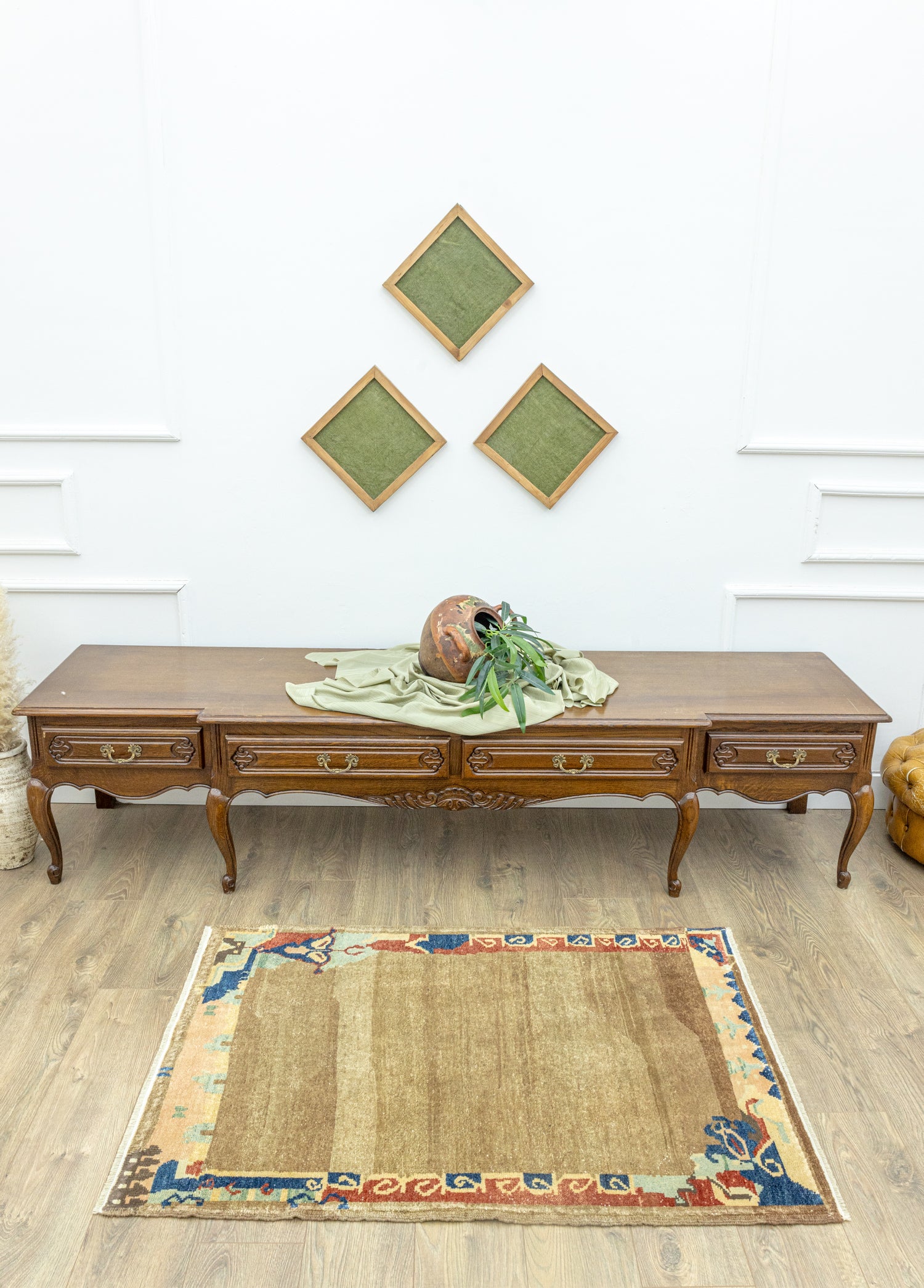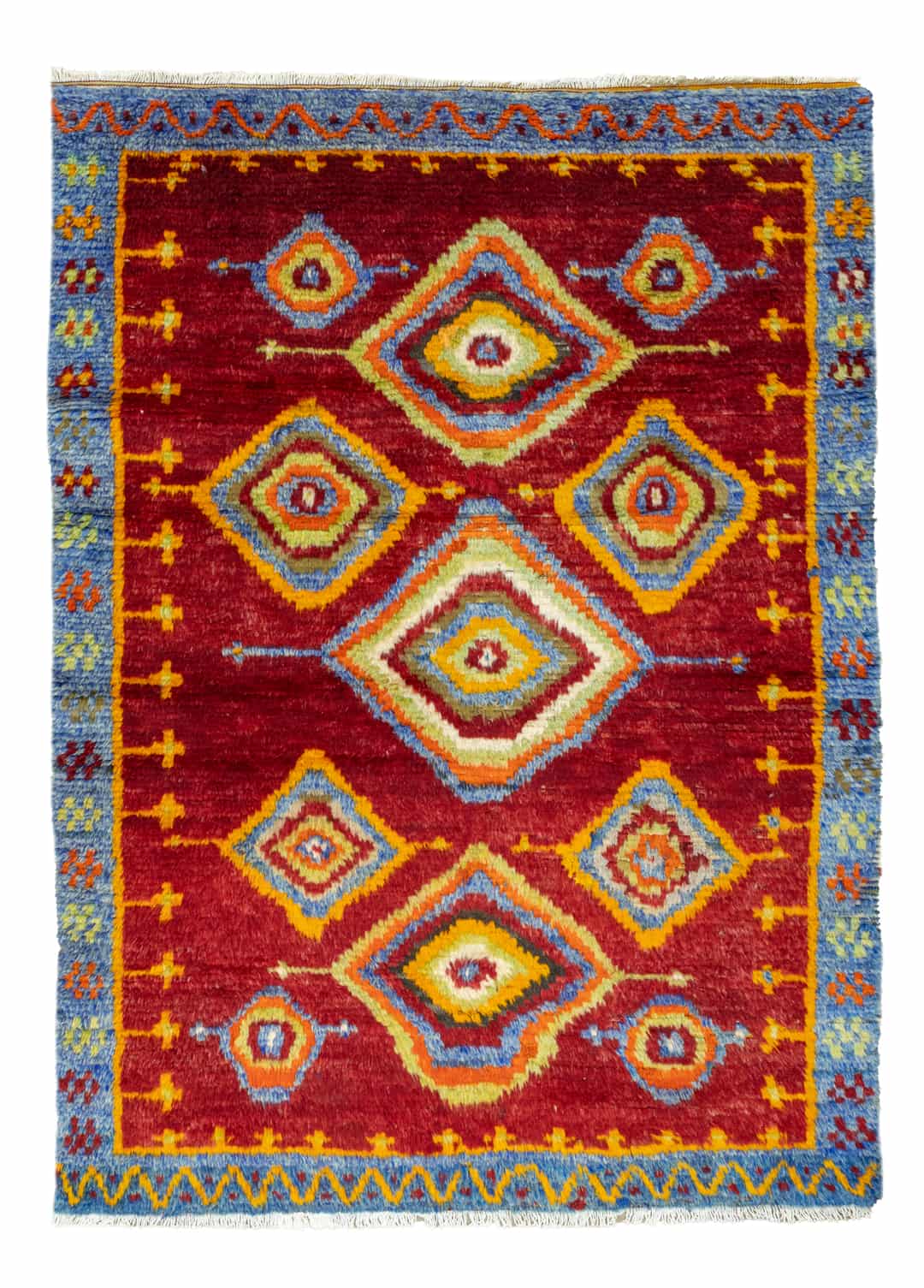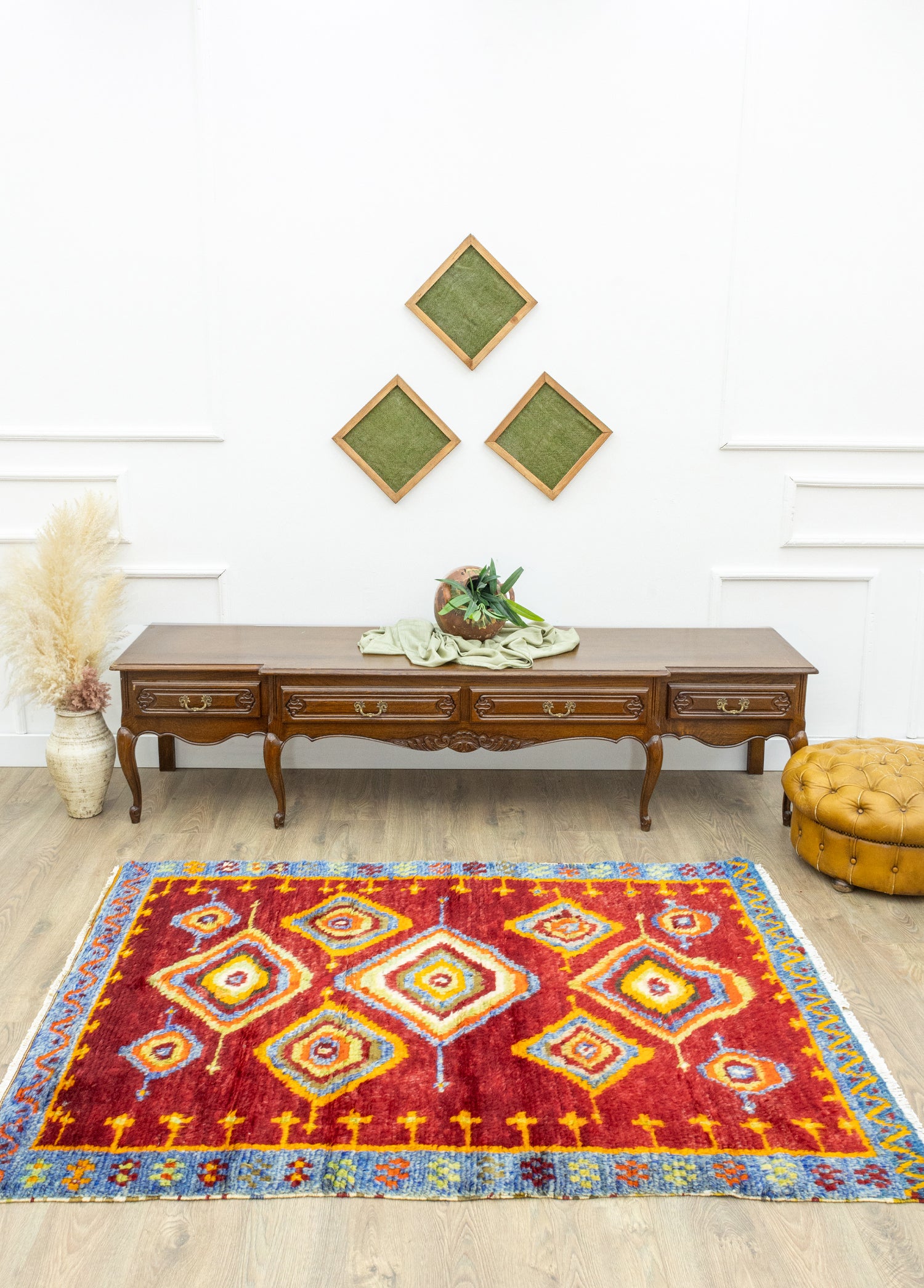Blair ilkel Tasarımlı Tülü Halı 105x175 cm
80,000.00TL
80,000.00TL
Koleksiyonu İncele
Tayeçe El Dokuma Bordo Tülü Halı 164x237 cm
100,000.00TL
100,000.00TL
Koleksiyonu İncele
Tulya El Dokuma Modern Kilim 148x199 cm
100,000.00TL
100,000.00TL
Koleksiyonu İncele
Zeine El Dokuma Yün Obruk Halısı 163x253 cm
70,000.00TL
70,000.00TL
Koleksiyonu İncele
Yasun El Dokuma Yünlü Tülü Halı 141x204 cm
60,000.00TL
60,000.00TL
Koleksiyonu İncele
Salda Dekoratif El Dokuma Halı 100x169 cm
45,000.00TL
45,000.00TL
Koleksiyonu İncele
Ovid El Dokuma Yün Tülü Halı 134x190 cm
50,000.00TL
50,000.00TL
Koleksiyonu İncele
Liatris Geleneksel Desenli Yün Yolluk 91x309 cm
45,000.00TL
45,000.00TL
Koleksiyonu İncele
Hezaren El Dokuma Dekoratif Yolluk 93x389 cm
50,000.00TL
50,000.00TL
Koleksiyonu İncele
Ebren Geometrik El Dokuma Kilim 171x185 cm
45,000.00TL
45,000.00TL
Koleksiyonu İncele
Casablanca El Dokuma Moroccan Yün Halı 235x315 cm
120,000.00TL
120,000.00TL
Koleksiyonu İncele
Bluish Mavi Abrajlı El Dokuma Tülü Halı 128x198 cm
50,000.00TL
50,000.00TL
Koleksiyonu İncele
Bertil Bohem El Dokuma Herki Yolluk 92x393 cm
50,000.00TL
50,000.00TL
Koleksiyonu İncele
Benice El Dokuma Uşak Halı 97x153 cm
40,000.00TL
40,000.00TL
Koleksiyonu İncele
Benet El Dokuma Kahverengi Yün Halı 93x133 cm
40,000.00TL
40,000.00TL
Koleksiyonu İncele
Asima El Dokuma Renkli Yün Halı 129x226 cm
60,000.00TL
60,000.00TL
Koleksiyonu İncele
Aref Renkli El Dokuma Herki Yolluk 82x361 cm
45,000.00TL
45,000.00TL
Koleksiyonu İncele
Anemon Rustik Tasarımlı Yün Halı 97x149 cm
40,000.00TL
40,000.00TL
Koleksiyonu İncele
Abay Moroccan Tarzı El Dokuma Shaggy Halı 140x197 cm
80,000.00TL
80,000.00TL
Koleksiyonu İncele
Parsabad El Dokuma Bünyan Halısı 193x291 cm
150,000.00TL
150,000.00TL


